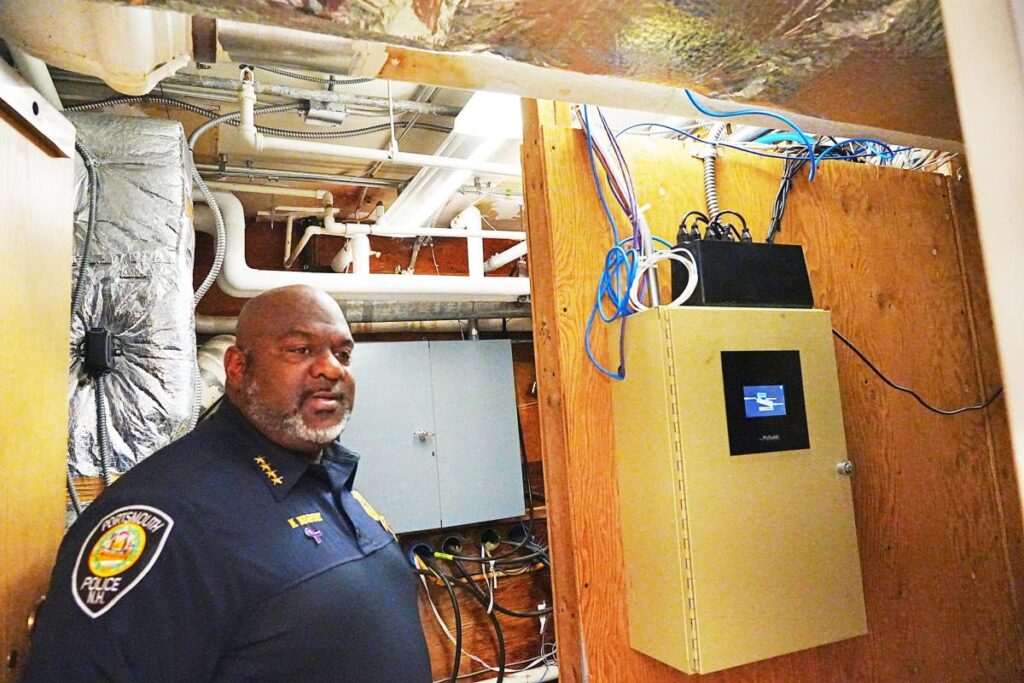In a landscape where public trust in law enforcement is crucial, the recent proposal to allocate $42.2 million for a new police station comes under significant scrutiny. Residents of communities with low violent crime rates are compelled to evaluate whether such an investment aligns with their actual needs or if it represents a continuation of outdated, militarized policing practices that further alienate officers from the very neighborhoods they are meant to serve. The core of successful policing should focus on community engagement rather than the establishment of expansive physical structures that evoke a fortress mentality, suggesting that the priority is on infrastructure over fostering genuine relationships with the community. Officers need to be integrated within the neighborhoods, developing a rapport with residents and local businesses to effectively address the unique challenges faced both by the community and law enforcement.
The current financial demands of maintaining a large and militarized police force necessitate a reassessment of how resources are allocated within the public safety budget. The existing police department bears one of the highest cost burdens in the region, and the escalating financial strain raises questions about sustainability. Rather than constructing a physical symbol of policing, the community should redirect these funds towards more impactful investments in social services, mental health support, and youth programs. Such investments tackle the root causes of crime and contribute positively to community well-being. By prioritizing these initiatives, resources can be utilized more effectively in bolstering community safety through engagement and support.
The trend towards militarization in policing is not just a financial consideration but also a philosophical one. The proposed $42 million police station reflects a commitment to an approach that emphasizes force rather than community relations, potentially leading to an environment of fear and resentment. This militaristic stance complicates officers’ relationships with residents, making it challenging to foster trust and collaboration. Instead, the focus of law enforcement should be on de-escalation strategies and community-building initiatives that prioritize understanding, compassion, and cooperation over an intimidating presence that fosters division within the community.
The implications of building a new police station must also be examined through the lens of community values. The decision to invest in a policing model that utilizes surveillance and control raises questions about community priorities. Do residents want to endorse a system that emphasizes authority, or are they inclined to cultivate a community that values support, empathy, and collaboration? The community’s vision should be centered around shared responsibility for safety, grounded in trust rather than fear. Choosing to invest in initiatives that enhance community engagement signals a commitment to inclusivity, respect, and dignity for all residents.
As discussions around funding continue, it is crucial to redirect the proposed $42 million away from a traditional police station towards community-driven projects that encourage genuine police-community relationships. By investing in programs that address social factors contributing to crime, the community can build a stronger, interconnected environment that ensures safety for everyone. The potential for a better return on investment in community engagement initiatives should inspire stakeholders to think more critically about where to allocate funds, recognizing that the long-term benefits of trust and partnership far outweigh those provided by a new physical structure.
Resonating with these sentiments, community leaders, such as Portsmouth’s Mayor McEachern and Councilor Cook, have expressed the importance of transparency and thoughtful planning in building a new police station. Their comments indicate a trend towards mindful decision-making that considers budget efficiencies and successful models from other communities. Furthermore, concerns regarding the repeated mold and mildew issues in the current facility underscore the necessity for informed choices in site selection and remediation. By engaging with community members and learning from successful police station projects elsewhere, Portsmouth could pave the way for a facility that serves both its police department and the public efficiently, maintaining the community’s aesthetic and functional needs while aligning with its values of transparency and collaboration.

